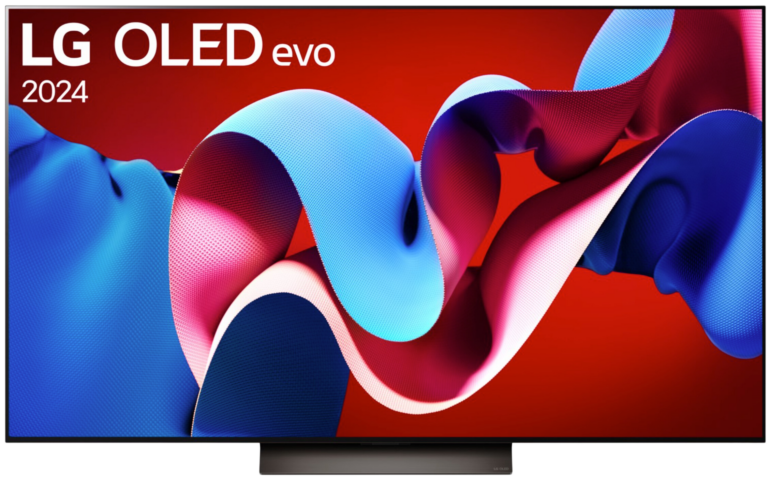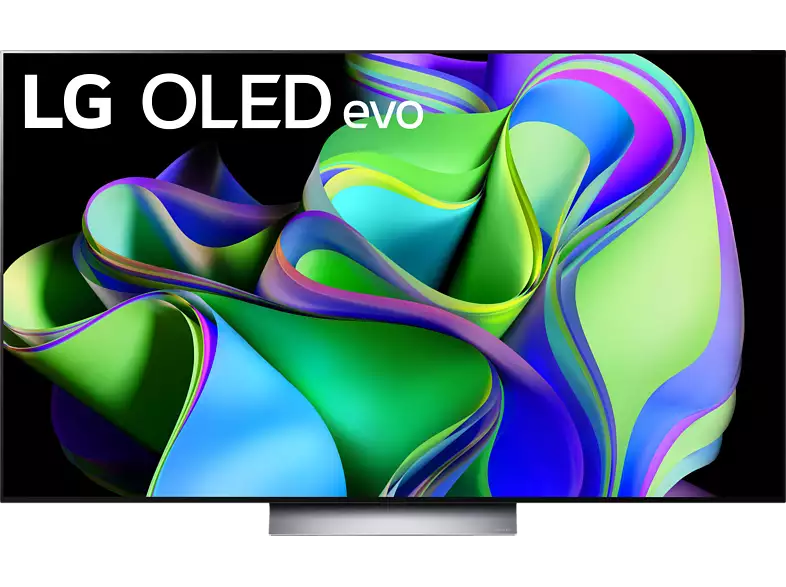LCD (Liquid Crystal Display)
The term LCD refers to a technology that uses liquid crystals to display image content on televisions, monitors or other electronic devices. These so-called liquid crystal displays are nowadays the design standard and one of the components of backlit screens.
Functionality and development of LCDs
Displays based on this technology work because the panel passes polarised light through a layer of liquid crystals that are electrically controlled. This changes the arrangement and thus the light transmission within the layer.
Afterwards, colour and additional polarisation filters ensure the desired result with the appropriate colouring. For this purpose, the liquid crystal layer is positioned between the backlight and the filters. Glass layers provide the required stability for the various components.
Friedrich Reinitzer, a chemist and physicist, is considered the original father of this invention. The Austrian scientist discovered the so-called liquid crystalline phase already in 1888. However, the first LCDs were not marketed until the 1960s and 1970s.
At that time, small screens were used in watches and pocket calculators. The first TV devices made their way onto the market at the end of the 1990s and increasingly replaced older CRT models that were based on CCFL illumination.
Advantages and disadvantages of LCD technology:
| Advantages | Disadvantages |
|---|---|
| Cost effective | Limited black levels |
| Low weight | Response time may vary |
| Low power consumption | Picture quality varies depending on model |
- Audio
- Codecs
- Companies
- Features
- Ports
- Technical Terms
- Connectivity
- Misc
- Smart-Features
- Video
- Image Errors
- Image Formats
- Image Function
- Ports
- Technical Terms
- 4K
- 4K@120 Hertz
- Aspect ratio
- Backlight
- Banding
- Bit
- Black level
- Brightness
- Calibration
- Candela
- Color resolution
- Color space
- Color space coverage
- Color temperature
- Color volume
- Contrast
- Curved
- Filmmaker
- Flat
- Full HD
- Gamma
- Gamut
- HD Ready
- Home theater
- Image format
- Image synchronization
- Input Lag
- ISF
- Luminance
- Motion Handling
- Native resolution
- Netflix Calibrated
- Pixel
- Pixel density
- QFT
- QHD
- Raytracing
- Rec.2020
- Refresh rate
- Resolution
- Response Time
- Smart-TV
- UHD
- UHD-2
- VR
- White balance
- WQHD
- TV Tech

